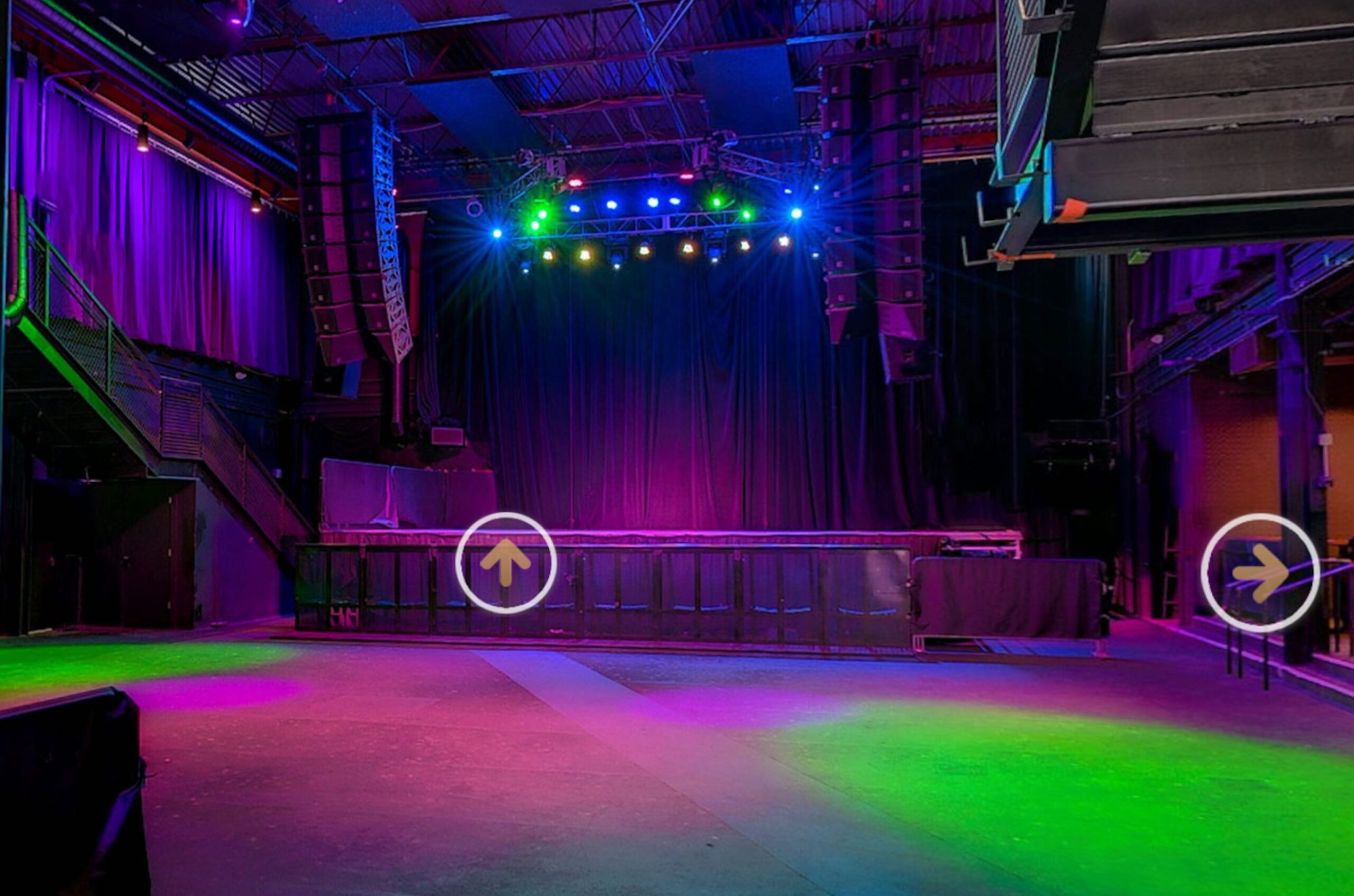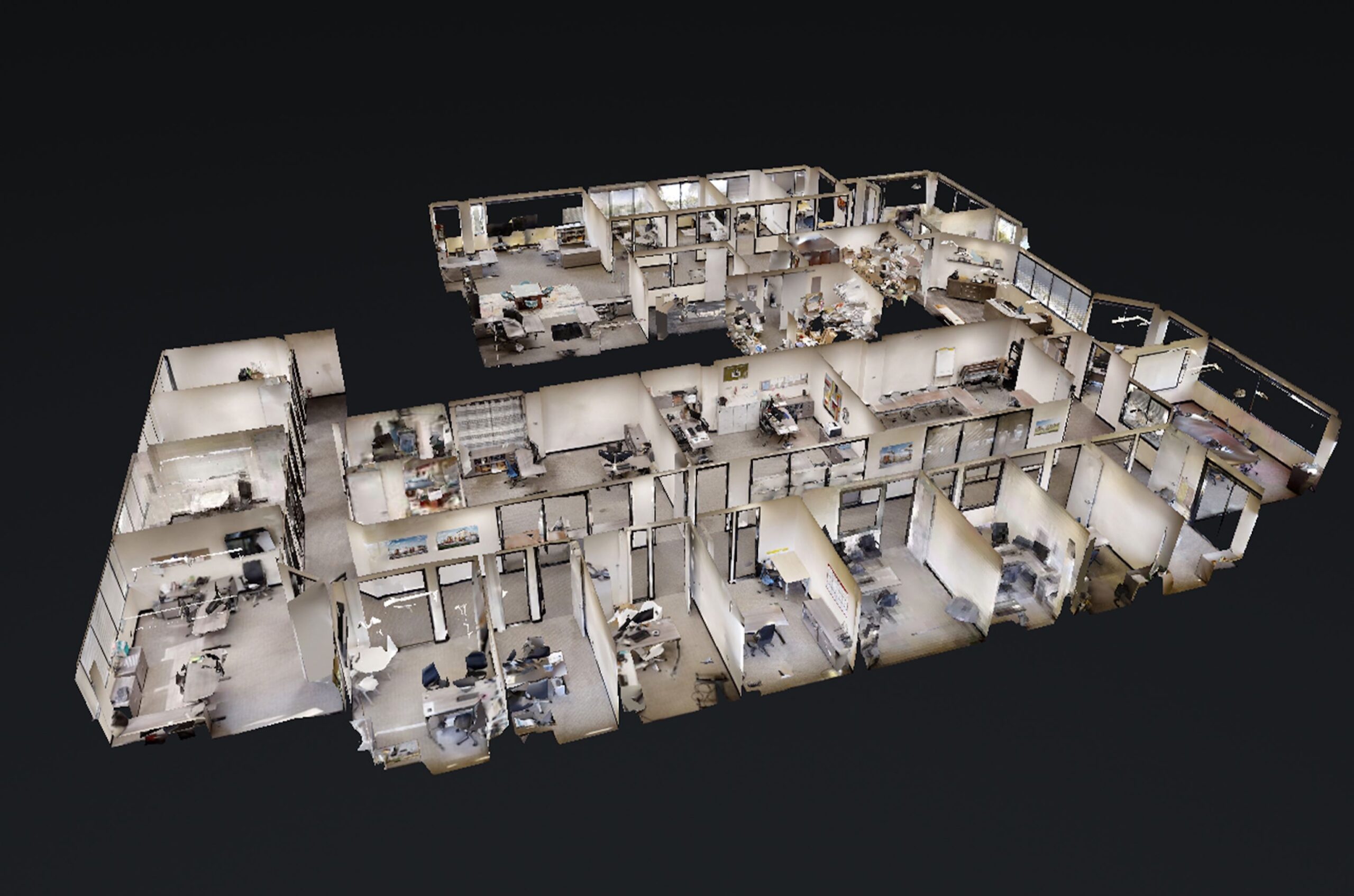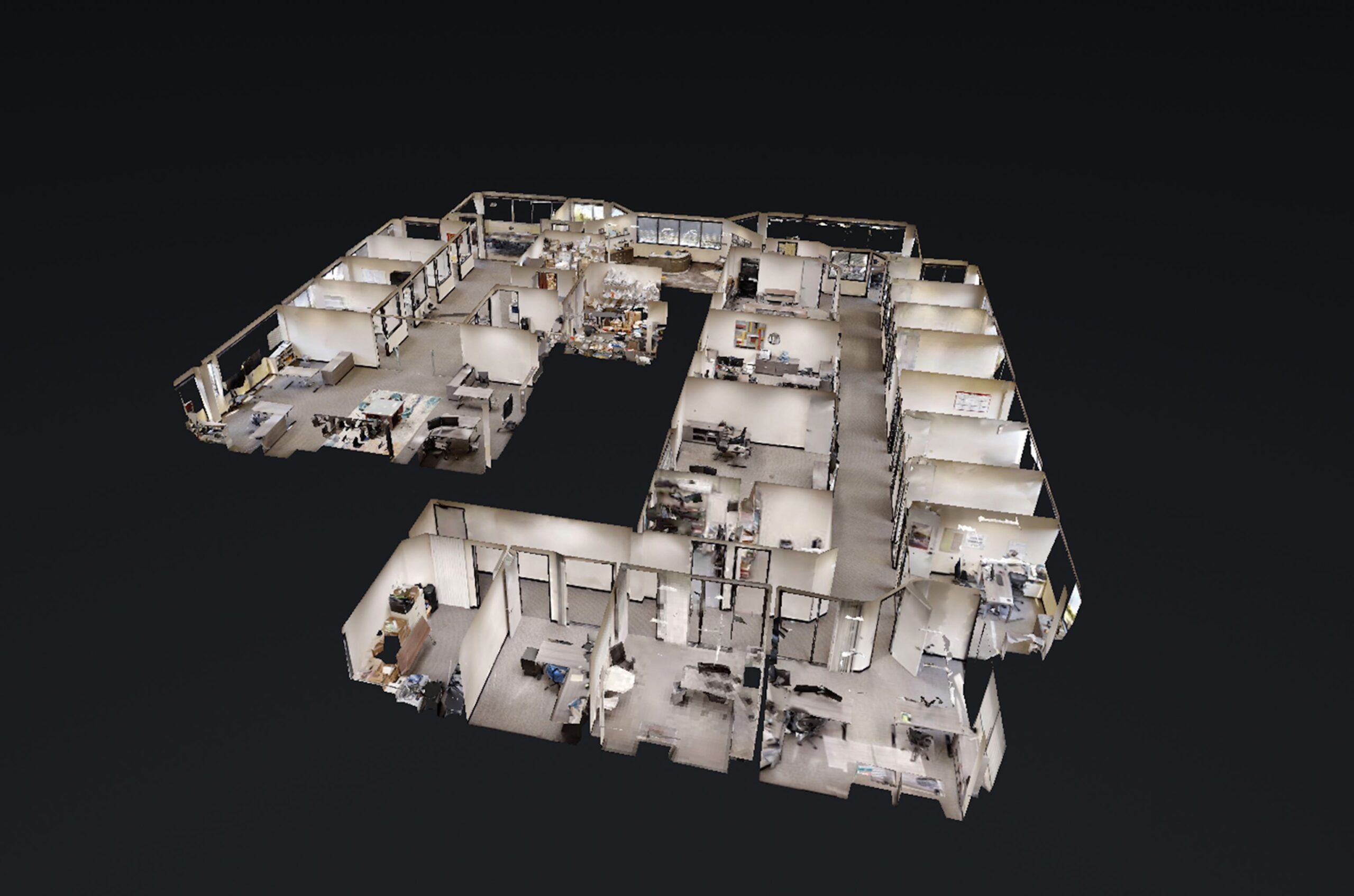In the dynamic world of asset management, companies continuously seek innovative strategies to present and market their project renovations effectively. One transformative tool that has emerged is the 360 virtual tour technology.
This blog will delve into how asset management companies can leverage 360 virtual tours to showcase the before and after transformations of their renovation projects, offering an immersive experience that goes beyond traditional marketing techniques. By integrating this technology, companies can enhance their visibility, engage potential clients more interactively, and set a new standard in property presentations.
The Power of 360 Virtual Tours in Asset Management:
- Enhanced Visual Documentation:
- Before and After Comparison: 360 virtual tours allow for a comprehensive and detailed view of spaces pre-and post-renovation. Asset managers can document every angle of a room or building, creating a virtual time capsule that showcases the transformation. This visual documentation is not only a powerful tool for marketing but also serves as a record of the project’s evolution.
- Engaging Stakeholder Experience:
- Interactive Elements: By embedding interactive features such as clickable hotspots or narration, viewers can learn about specific renovations, materials used, or design choices. This level of interaction is not possible with traditional photography or video and can significantly boost stakeholder engagement and satisfaction.
- Wider Reach and Accessibility:
- Remote Viewing: Virtual tours can be accessed from anywhere in the world, allowing potential investors, clients, or buyers to explore the property as if they were there. This accessibility can expand the company’s reach and attract a broader audience without the constraints of physical location.
- Cost-Effective Marketing:
- Reusable Content: Once created, a 360 virtual tour can be used multiple times across various marketing channels. It provides a cost-effective solution compared to staging physical tours, especially for properties that are not easily accessible or require extensive preparation for visits.
Implementing 360 Virtual Tours:
- Quality and Detail Orientation:
- High-Quality Imagery: Ensuring the virtual tour features high-resolution images is crucial for a realistic and engaging experience. Asset management companies should invest in professional-grade cameras or services to create a seamless and immersive virtual environment.
- Strategic Planning and Execution:
- Before and After Staging: When planning the virtual tour, consider how to stage each scene to highlight the renovation’s impact. This might involve keeping certain elements consistent for easy comparison or strategically placing design features to draw attention to key improvements.
- Integrating Supplementary Information:
- Adding Value: Enhance the virtual tour with floor plans, energy efficiency ratings, or other relevant data that provides additional value to the viewer. This information can help stakeholders make informed decisions and appreciate the depth of the renovations.
- Regular Updates and Maintenance:
- Keeping Content Fresh: As renovations progress or additional properties are acquired, regularly update the virtual tours to reflect the most current state. This ensures that the content remains relevant and continues to engage and attract viewers.
Conclusion:
360 virtual tours represent a significant leap forward in how asset management companies can showcase and market their renovation projects. By providing an immersive, detailed, and interactive view of before and after transformations, these virtual experiences can captivate potential clients, investors, and stakeholders more effectively than ever before.
However, it’s not just about adopting the technology; it’s about strategically integrating it into the company’s marketing and communication strategies to maximize its impact. As the industry evolves, those who harness the power of 360 virtual tours will likely set themselves apart, offering an unparalleled level of transparency and engagement in the presentation of their assets. Embrace the future of property showcasing with 360 virtual tours, and watch your asset management strategies transform alongside your properties.







